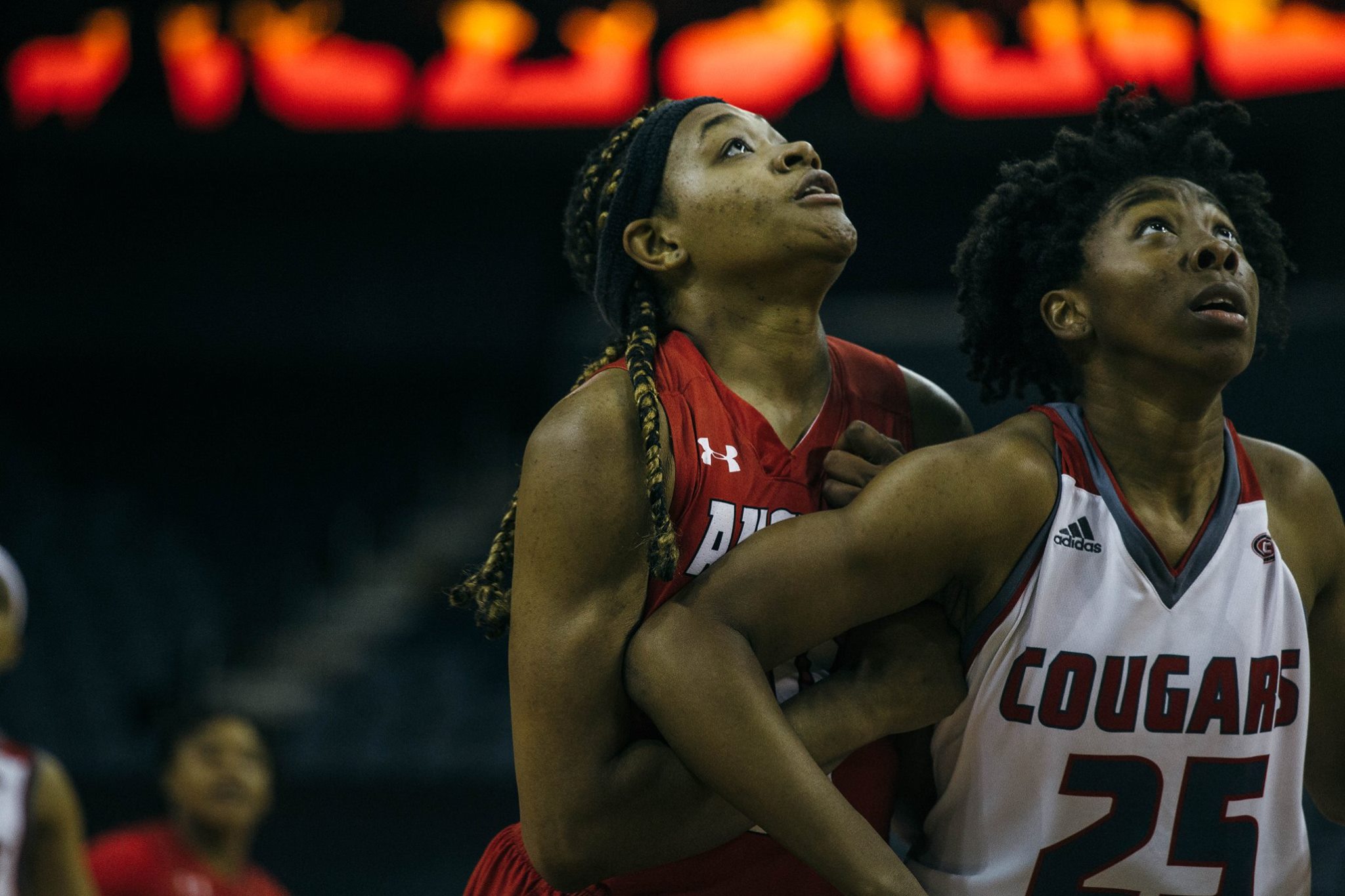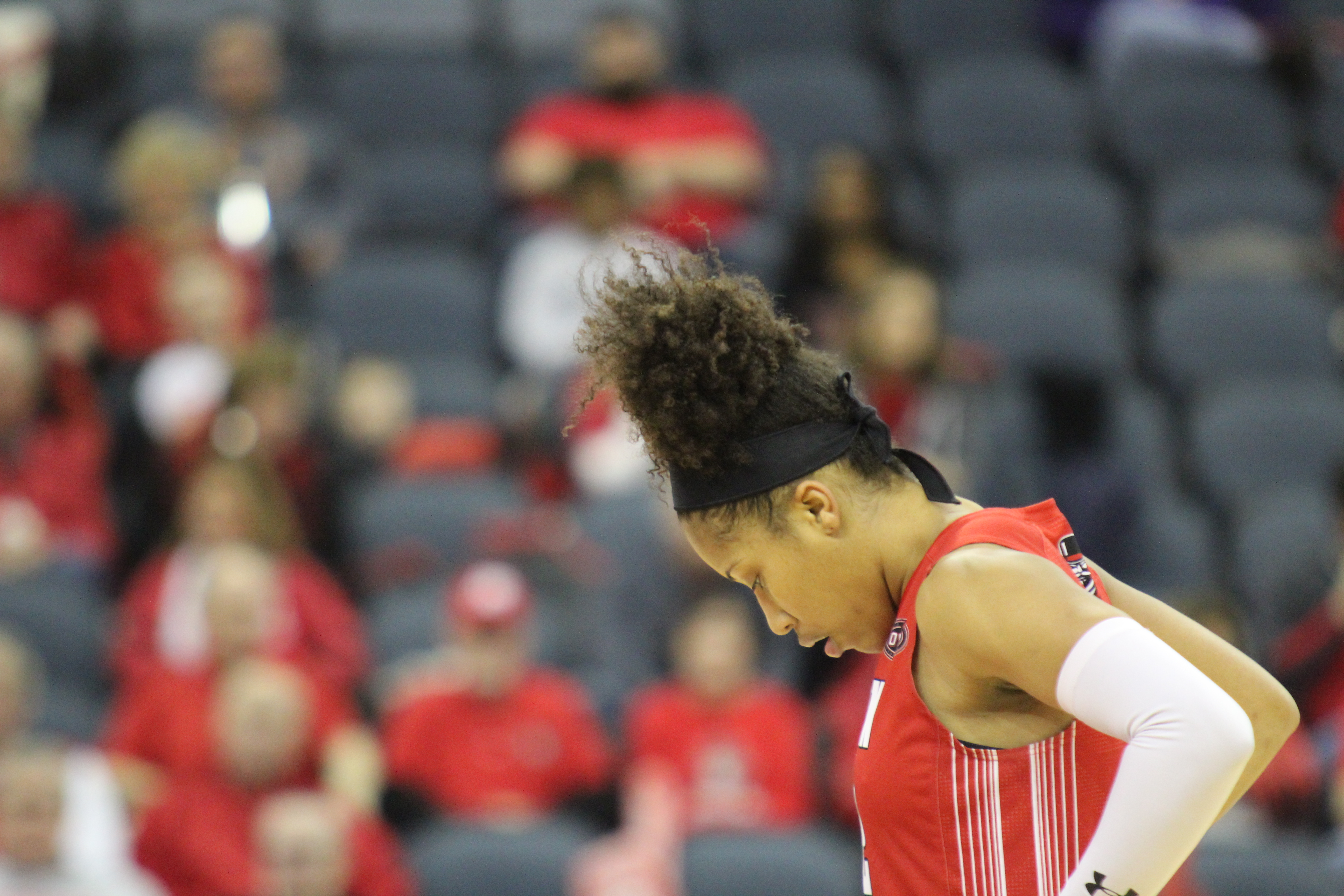For those paying attention, the hiring of Brittany Young as the new APSU women’s basketball coach was far from surprising.
While the month of March sees many non-partisans transformed into basketball fanatics, the informed and obsessed have been paying attention for years. Young was a standout candidate for the role, quickly building a resume of tactical awareness, player-to-coach respect and stellar scouting ability.
A fresh entry into the world of head coaching, Young was the obvious choice for a program on the cusp of OVC superstardom but lacking the youthful vigor necessary for the next step.
Yet, there was something surprising about Young’s hiring. As a Black woman, she becomes one of only two minority head coaches in APSU’s athletic department, the other being Valerie Brown, head coach of cross country and track and field.
APSU has a representation problem. Before the hiring of Young earlier this month, APSU had only one head coach of minority background. This shows a lack of proportional representation for the student-athletes of the university.
An example of this is on the APSU football team. Of the 85 student-athletes currently on the roster, 56 are African American, making up a sizable majority of 67%. However, a view of the coaching staff shows that, of the 24 coaches, graduate assistants, and operations managers, only seven are Black, a percentage of roughly 30%.
This poses a problem for the university, one which the hiring of Young soothes, but does not remedy. By far the largest athletics program in the APSU arsenal – the football program – has a dire lack of coaching representation and diversity.
With former coach David Midlick at the helm, the women’s basketball program was in similar straits. More than 70% of the roster was Black or another minority, while only half of the coaching staff — assistant coaches and graduate assistants — were Black.
While the change in head coach is a move in the right direction, it is only one link in the chain of hires necessary to make APSU athletics fully representative of its athletes.
Volleyball and baseball, two teams with a strong pedigree in the region, find only one coach with a minority background among their coaching staff. Men’s basketball sees thirteen minorities out of fourteen roster members, but the coaching staff has a different makeup.
The mistake in pointing out these issues is to label attempts to remedy them as political or ideological. It is difficult to argue this when such a large disparity exists between the demographics of players and coaches. The most qualified person should always be chosen in a situation of finding coaches, especially those with head coach responsibilities.
Yet the gaps presented suggest an inability to select from an equal amount of candidates. With a majority of coaches being developed from similar player pools as the one at APSU, it is clear that those trying out for a roster spot and those running through pre-interview flashcards are similar in makeup. The problem, as always, lies in the representation.
Brittany Young brings to the table tenacious energy that is sure to bring success to the Governors basketball team. Equally as important is her ability to begin a movement towards equal and representative hiring for fellow athletic programs. As success begins to mount for the Govs, so too does the responsibility to create coaching environments that are as unique as the players they teach.






